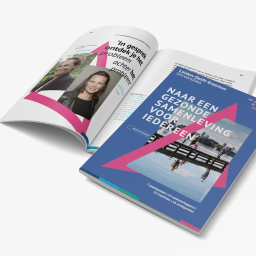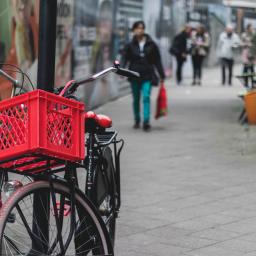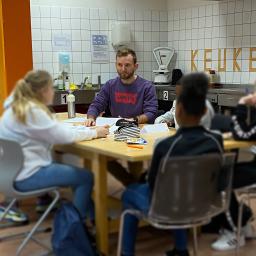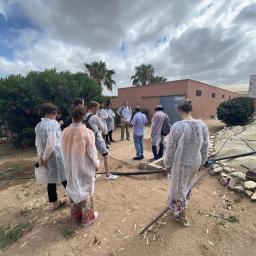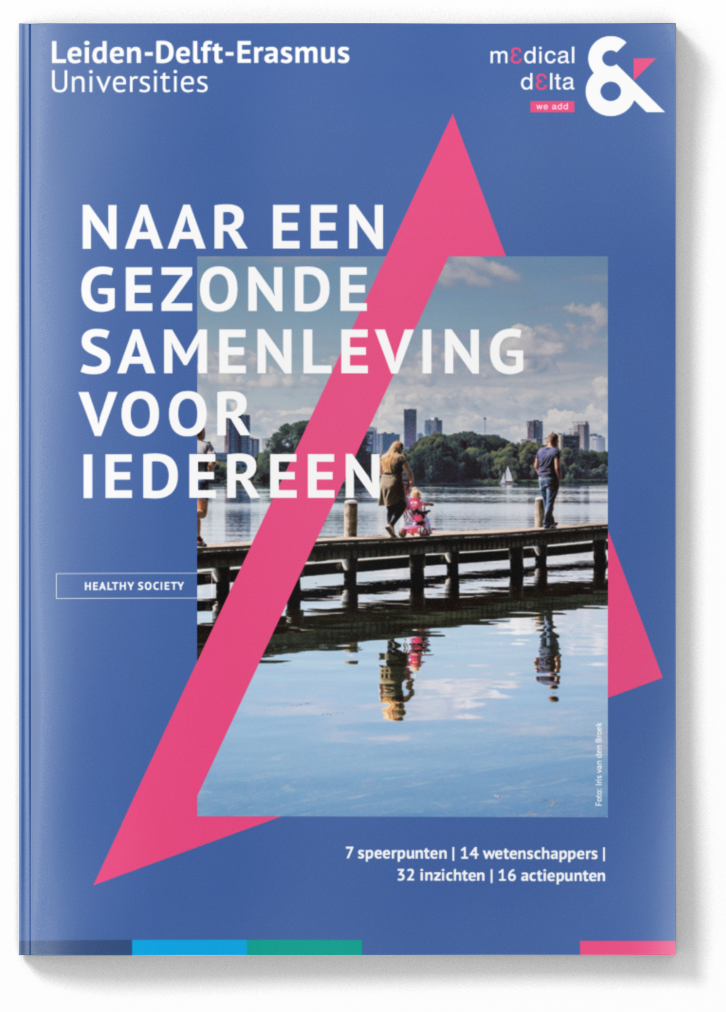 If you have to walk to your car, you can meet more neighbours and thus greet them. Social relationships do a lot for your mental and physical health. Machiel van Dorst and Anna Petra Nieboer investigate how the physical and social environment can help well-being and health.
If you have to walk to your car, you can meet more neighbours and thus greet them. Social relationships do a lot for your mental and physical health. Machiel van Dorst and Anna Petra Nieboer investigate how the physical and social environment can help well-being and health.
How does our physical environment, for example the neighbourhood, affect our health?
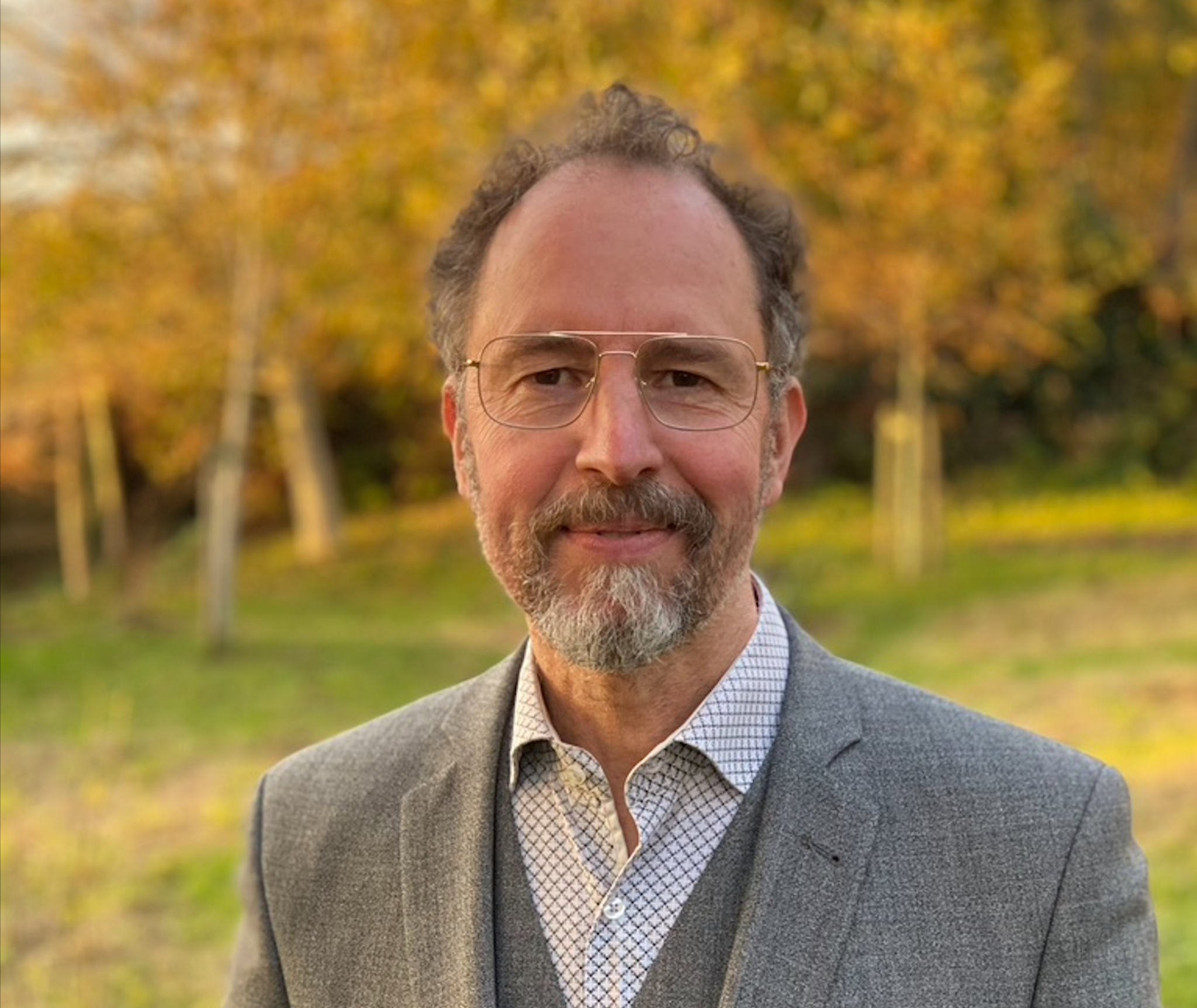 Machiel van Dorst, Professor of Environmental Behaviour and Design: 'The most important environment is your fellow human beings. Social interaction promotes mental health. The built environment can promote or hinder social interaction. Front gardens, for example, help: if you sit in them or weed, you meet your neighbours. A row of cars in front of houses, on the other hand, does not help.'
Machiel van Dorst, Professor of Environmental Behaviour and Design: 'The most important environment is your fellow human beings. Social interaction promotes mental health. The built environment can promote or hinder social interaction. Front gardens, for example, help: if you sit in them or weed, you meet your neighbours. A row of cars in front of houses, on the other hand, does not help.'
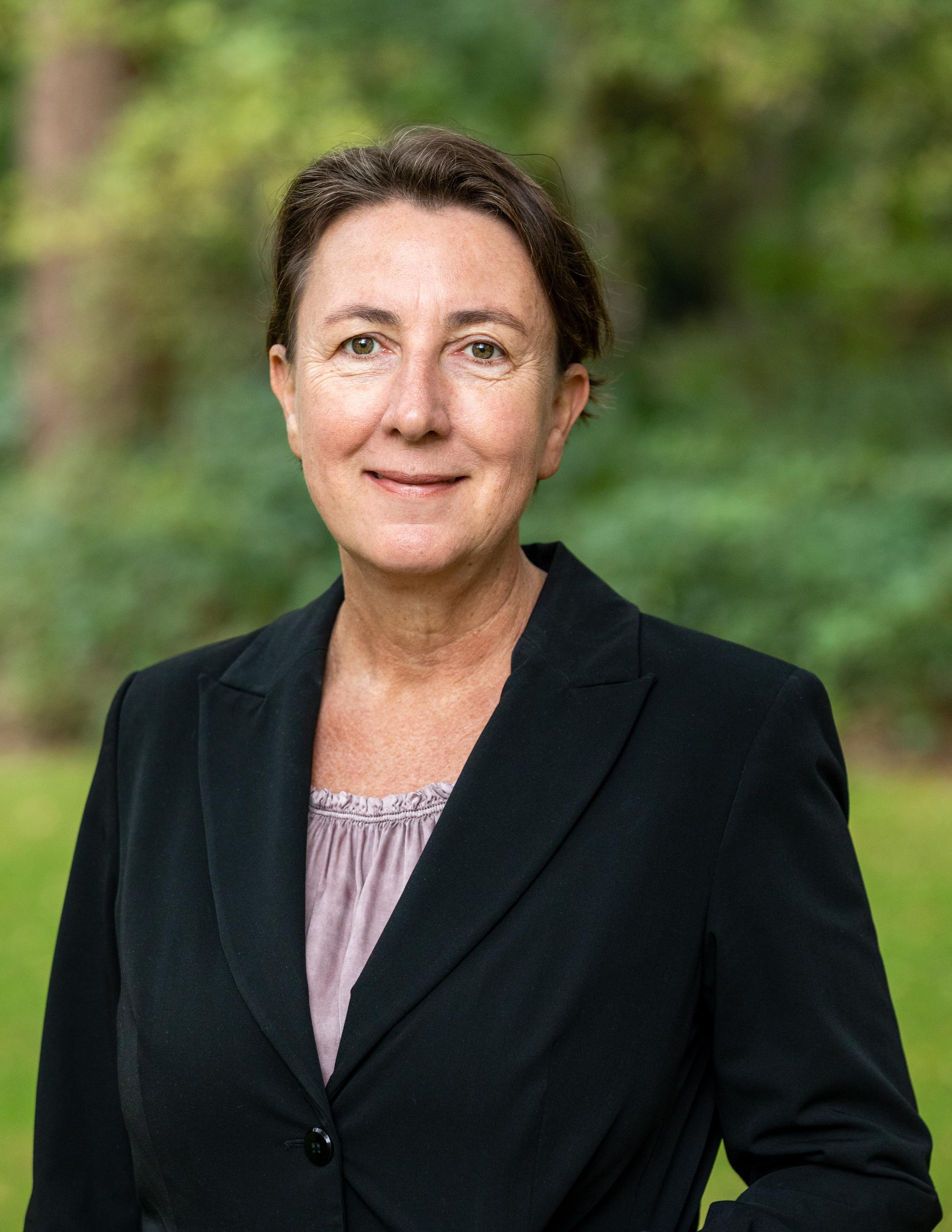 Anna Petra Nieboer, professor of socio-medical sciences: 'Our research shows that green spaces, safety, good housing quality and mutual solidarity do a lot for health and well-being. Besides smoking and exercise, you should also see social activity as health behaviour. Social relationships not only promote your well-being. Socially active people also actually live longer.'
Anna Petra Nieboer, professor of socio-medical sciences: 'Our research shows that green spaces, safety, good housing quality and mutual solidarity do a lot for health and well-being. Besides smoking and exercise, you should also see social activity as health behaviour. Social relationships not only promote your well-being. Socially active people also actually live longer.'
So a neighbourhood should promote as much social interaction as possible?
Van Dorst: 'Again, not that. The definition of privacy is that people have control over how they interact with others and the information they share. So you should have the choice to meet people or not. You don't solve that with a central meeting room. If you should walk in such a room you immediately would attain a sticker with "lonely" on your forehead. Or that the one neighbour you don't want to meet is sitting there. A wide gallery is much better. There you can walk past each other or stay for a chat. Details like that do the trick.'
Nieboer: 'Knowing each other does help. It contributes to our well-being and it can prevent problems. After all, such solutions also make it easier to speak to each other about loud music, for instance. And if you fall down in the street, will someone come to help you?' Van Dorst: 'Complete anonymity also makes it easier to display inappropriate behaviour, like putting your rubbish in the lift and not taking it all the way to the basement.'
One solution could be a long-term investment by the municipality in an enterprising hub in the neighbourhood: someone who knows many residents and professionals, who talks to them and makes connections.'
Beyond front gardens and wide galleries, how can you encourage the solidarity needed in a neighbourhood?
Nieboer: 'It is difficult. Together with the municipality of Rotterdam, we conducted the Even Buurten study to identify and solve health and welfare problems in the elderly in good time. Care and welfare professionals tried to strengthen the social networks around vulnerable elderly people living at home. Cooperation between, for instance, home care and GP proved to be difficult. Cooperation with the informal network of the elderly, such as their informal carers or neighbours, was also difficult. One solution could be a long-term investment by the municipality in an enterprising hub in the neighbourhood: someone who knows many residents and professionals, who talks to them and makes connections.
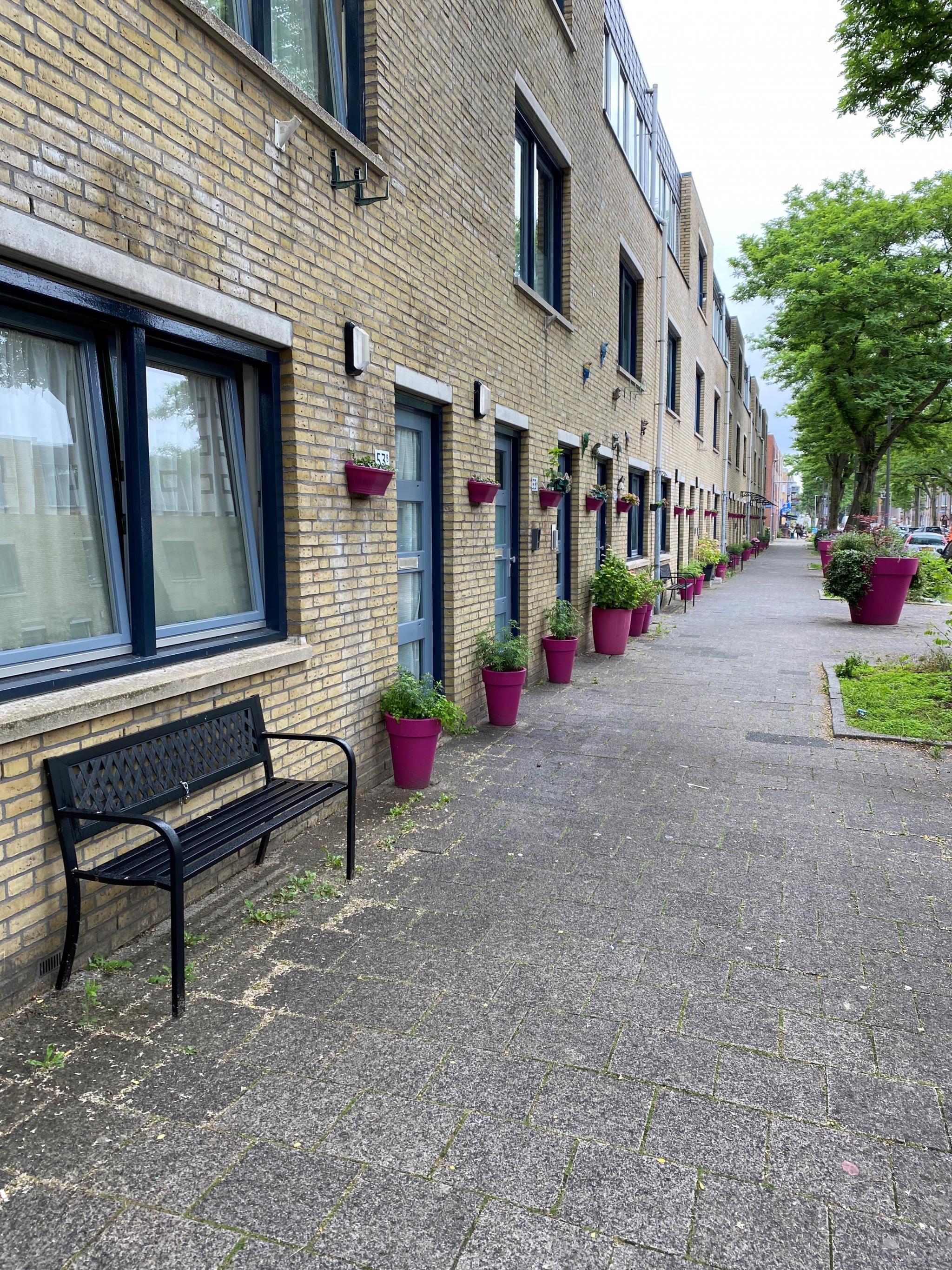
Foto: AP Nieboer, Age-friendly community project
Van Dorst: "Living on a busy road makes it difficult to tell whether a passer-by is a neighbour or not. Knowing who your neighbours are is already very important. Even in existing neighbourhoods, some roads can be transformed, for instance with a small park in the middle. These encourage encounters and walks at a pleasant temperature. Greenery contributes to wellbeing, prevents warming of the city and can temporarily store water during heavy rainfall.'
'Also involve residents in the interpretation and then really take them seriously. Most people notice very well when participation is actually a sham. In Rotterdam Noordereiland, residents were given a large bridge in front of their door. At the end of a participation evening, someone from the municipality came in with a model: this is how we are going to do it!'
Where does your research come together?
Van Dorst: 'We work together in SPRING, a transdisciplinary research project with the Municipality of Rotterdam. Scientists often think very specialised, I want to bring all the knowledge together in SPRING. In living labs, we want to carry out interventions in neighbourhoods together with the people concerned. Like preventing exercise poverty among the elderly, or obesity among children. Health scientists, behavioural experts, sociologists and urban designers must learn lessons from this. We also make data accessible. That also facilitates future researchers, the municipality and, above all: the residents themselves.'
Nieboer: 'Together with colleagues, I am researching within SPRING the neighbourhood prevention chain that the municipality is currently developing. This chain of first-line care - such as general practitioners, the municipal demand counter and other professionals in the neighbourhood - should help and refer people in Rotterdam with an unhealthy lifestyle or health problems at an earlier stage. We know from previous research that it is difficult to connect properly to what people need.’
'We are stuck in certain disciplines. Each healthcare provider has its own checklist, which often doesn't fit. If we want to get someone with heart problems moving, it is relevant whether there are difficult stairs at home and in the neighbourhood. And whether people are not too stressed by debt. That awareness is starting to emerge and the neighbourhood prevention chain offers an opportunity to reduce socio-economic health inequalities in deprived neighbourhoods.'
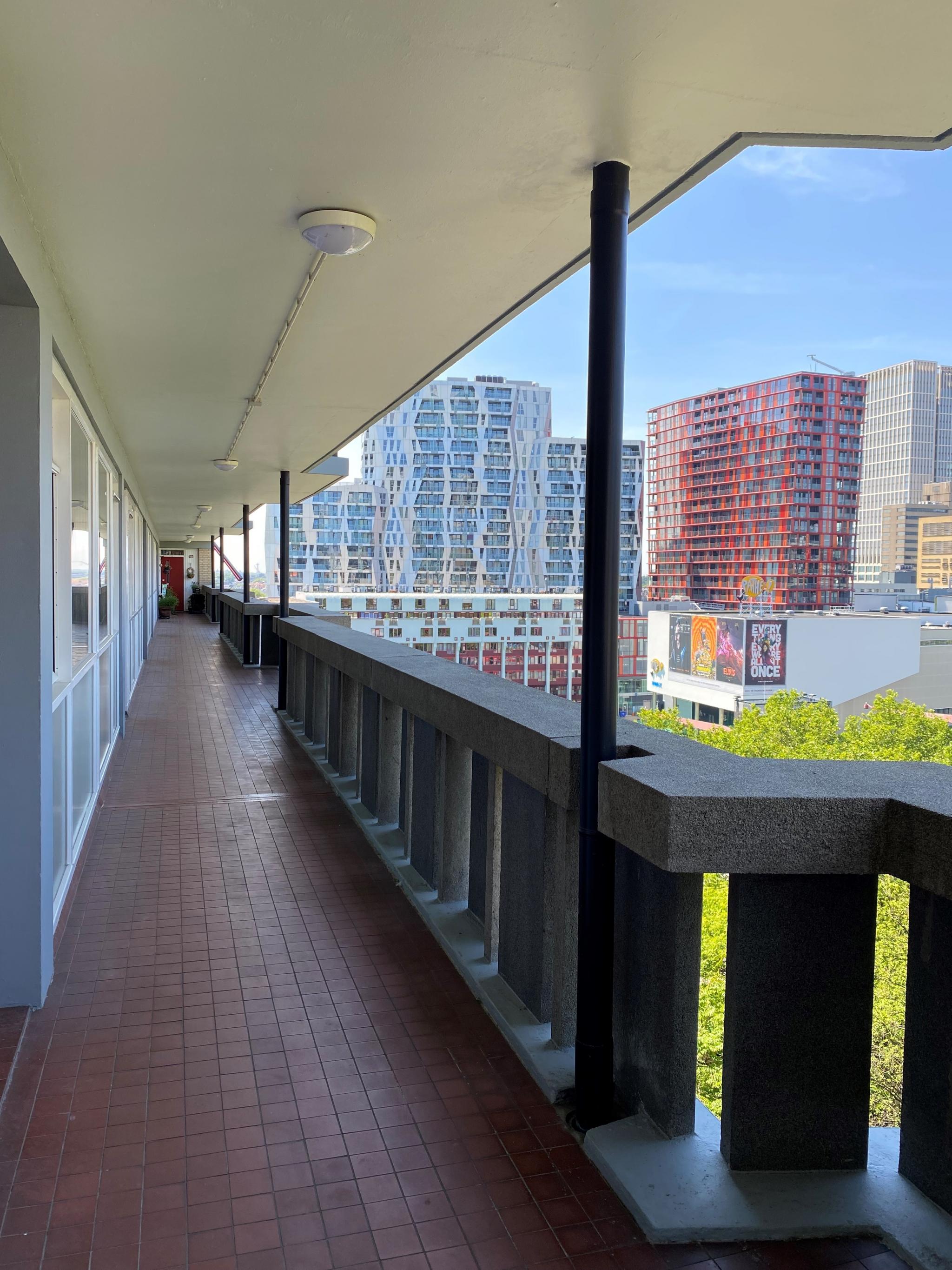
Photo: AP Nieboer, Age-friendly community project
Do conditions for optimal well-being differ by population group? Nieboer: 'In Rotterdam, with its great diversity, we study the needs of elderly people with and without a migration background. People seek out people with a similar cultural background. On the other hand, Moroccan and Turkish elderly prefer not to live secluded, then they feel set apart. We also found that older migrants who do not feel safe and valued in their neighbourhood get out and move around less. We are looking for how to set up age-friendly communities, without sharp boundaries and conflicts. If there is little contact in a neighbourhood, there is little sharing and mutual solidarity does not come naturally. In neighbourhoods where that is difficult, a substantial investment is needed.'
Van Dorst: 'In the Brazilian city of Curitiba, it worked very well to put up a Japanese temple, a German farmhouse or an Arab library. That brought populations self-respect and that in turn created the will to participate. They felt seen. On Rotterdam's Noordplein, a Moroccan fountain also made young people proud and sparked conversations.'
The government wants to add a million houses, what should it pay particular attention to?
Van Dorst: 'Don't fall into mass production, but start on the small and human scale. Know who you are building for. I sometimes have my students walk through the city in groups, with one of them blindfolded. Then you hear and smell the city, feel the quality of the pavement. From the lower perspective of children, you sometimes only see cars and experience the lack of play space. In larger cities, still keeping the smaller scale can work well. The metropolis Tokyo, for instance, is very safe, partly because of the small scale of its neighbourhoods. In each neighbourhood area, people feel that it really belongs to them.'
Nieboer: 'Well Tokyo is very homogeneous. In more diverse neighbourhoods, more is needed to promote interaction. And we must guard against excessive social control. Because the village that some older people long for had a downside, too.'
Machiel van Dorst (1963) studied architecture and environmental psychology and is professor of Environmental Behaviour and Design at TU Delft. He is one of the leaders of the SPRING research programme. In it, a broad group of researchers works with the municipality of Rotterdam on health and well-being in residential areas.
Anna Petra Nieboer (1966) studied sociology and is professor of social-medical sciences at Erasmus University Rotterdam. She studies innovation in care and support of vulnerable citizens from a multidisciplinary perspective. She works together with people and parties involved to come up with better interventions and solutions.
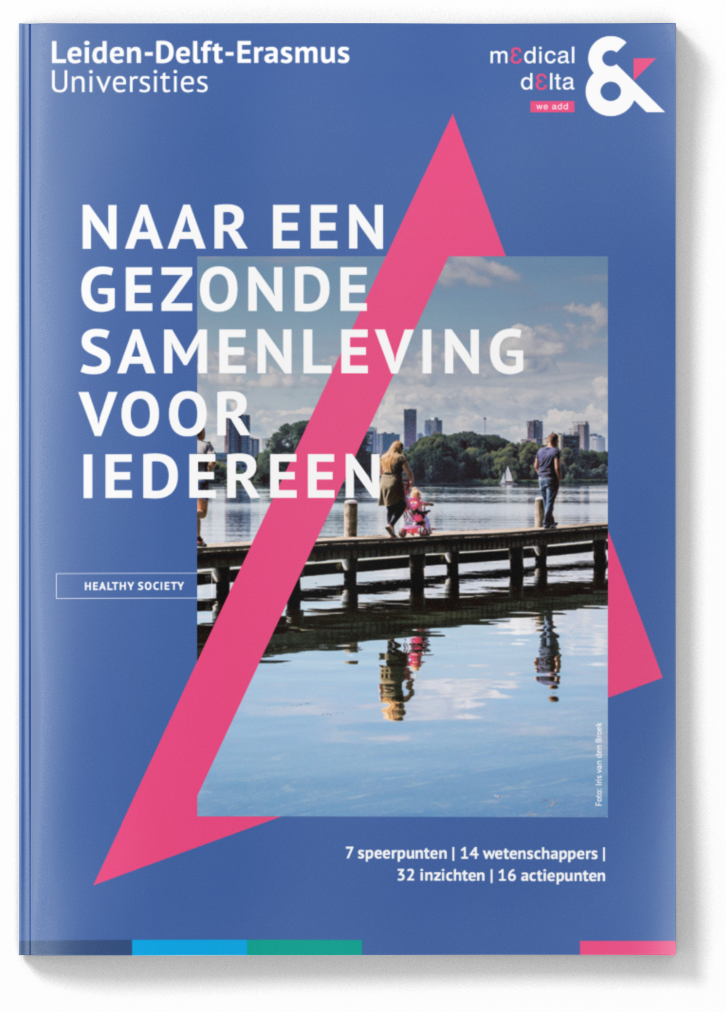
White Paper Healthy Society
This is a publication from the white paper 'Healthy Society: towards a healthy society', published by Leiden-Delft-Erasmus Universities and Medical Delta. The white paper is written in Dutch but contains an English summary and a list of recommendations. Download the white paper via the link underneath this page or send an email to order a printed copy via healthysociety@FSW.leidenuniv.nl.
Text: Rianne Lindhout; translation via Deepl

